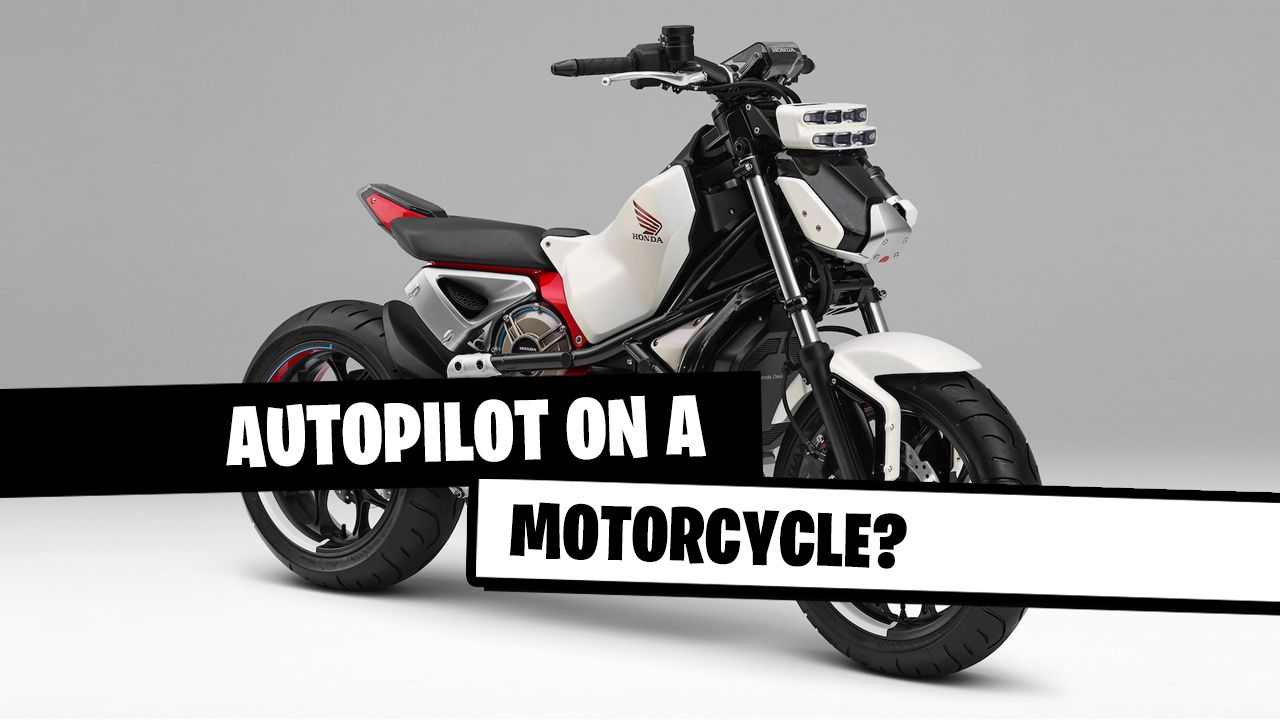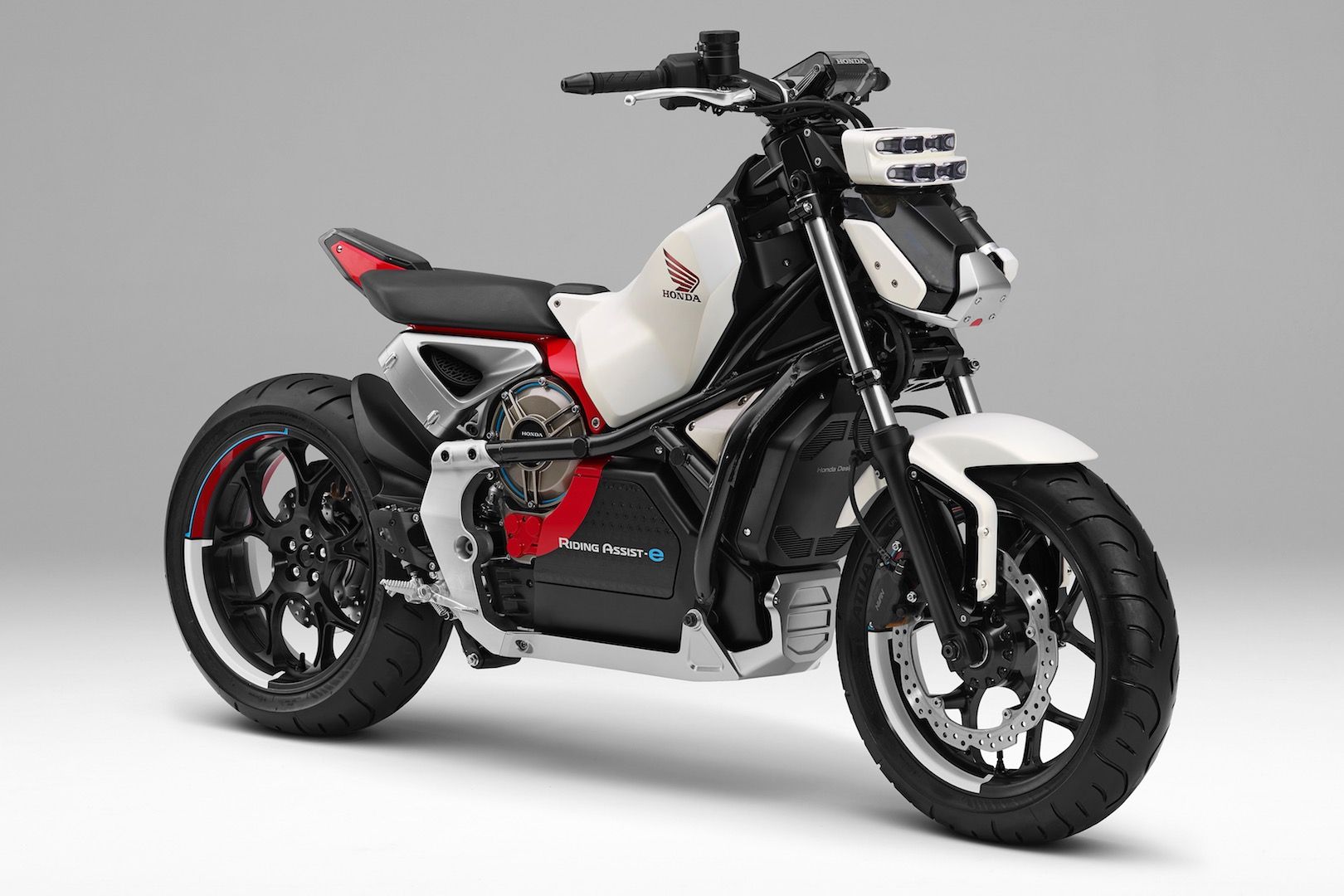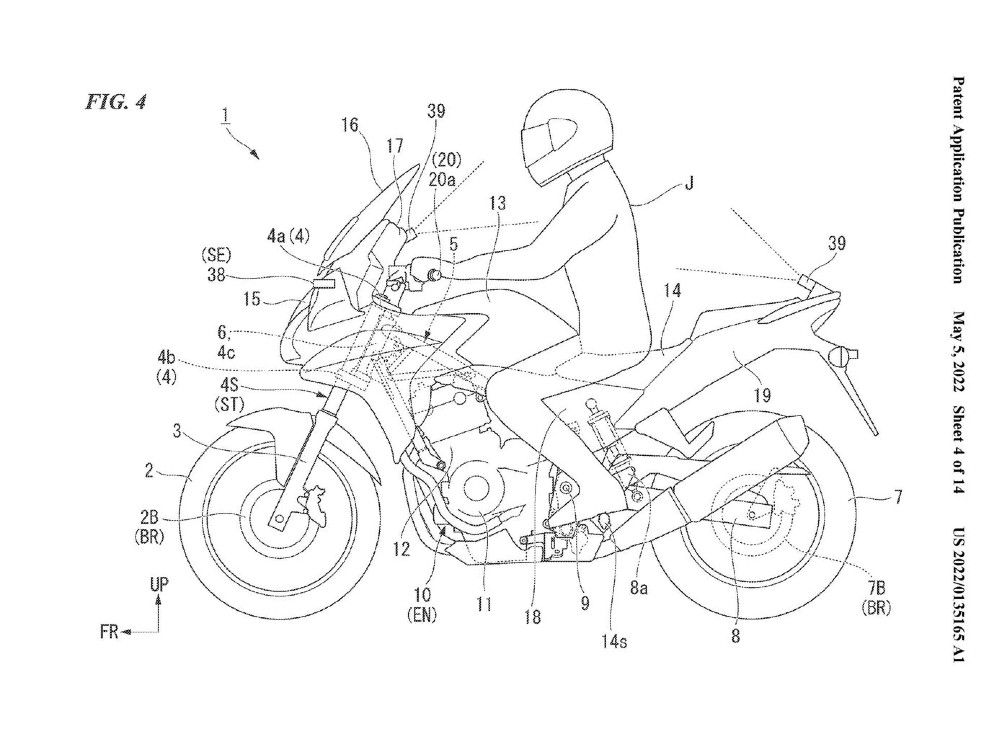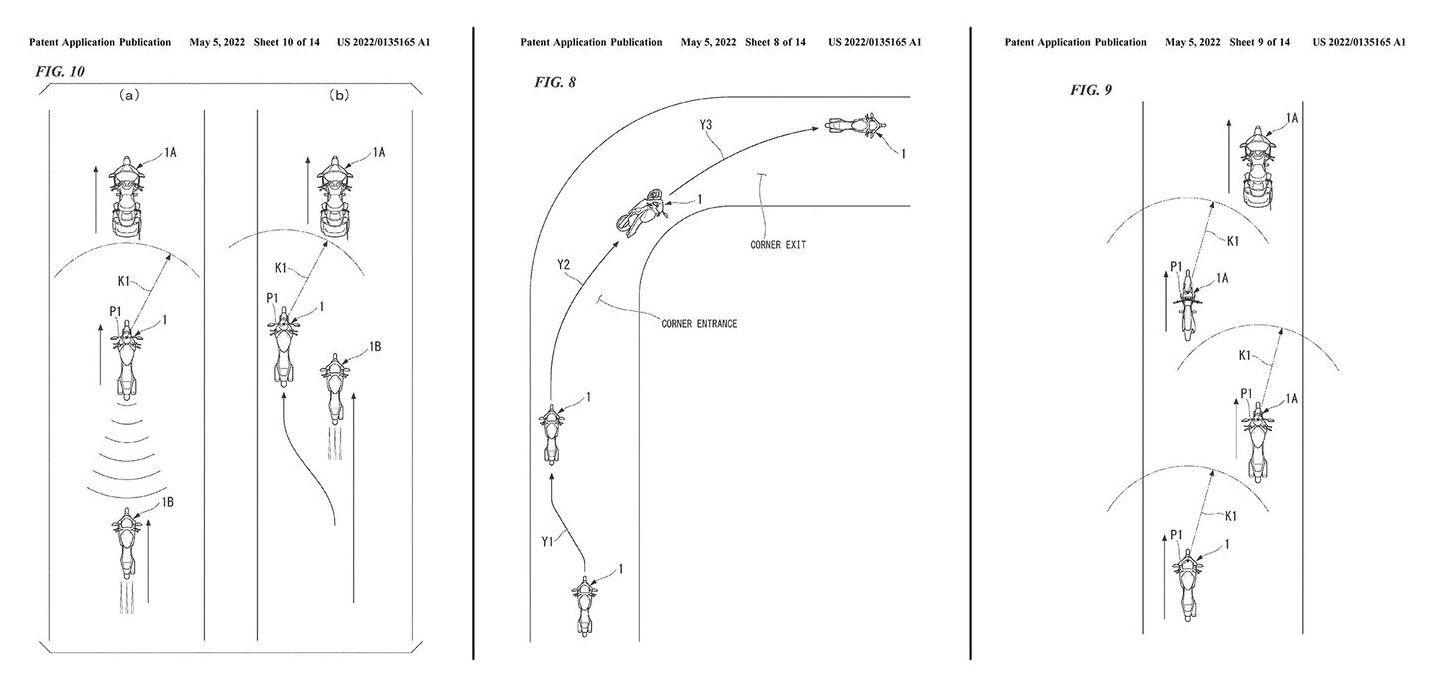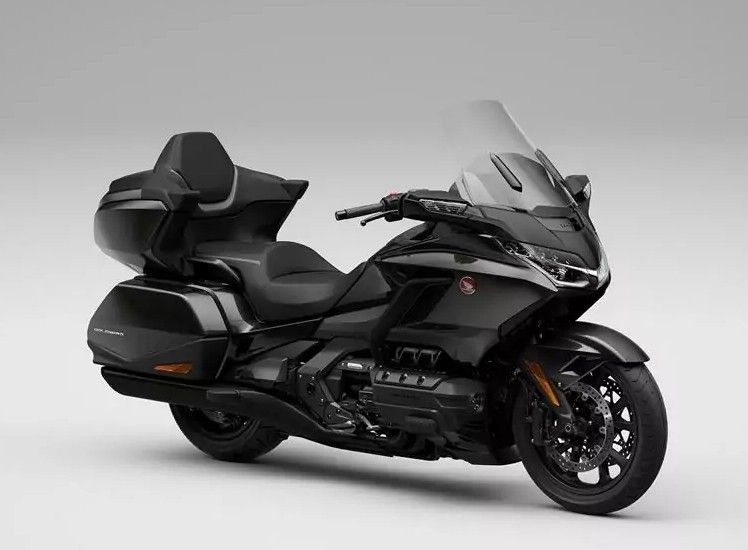The term “autonomous” is mostly associated with automobiles and rightly so, after all, motorcyclists are folks who want to be in control at all times and have a sense of vulnerability.
But after radar-guided cruise controls, autonomy is the ideal technological progression for motorcycles, and who better to do it than a company that’s already mastered the same with cars: Honda.
Yes, Honda has filed patents for a partially autonomous motorcycle technology capable of intervening automatically to aid the rider from an unseen mishap.
Honda Files Patent For Motorcycle Autopilot
Titled “Drive Assistance Device for a Saddle Riding Type Vehicle”, the patent comprises a motorcycle kitted out with cameras, radars, and LiDAR (Light Detection And Ranging) that can monitor the rider’s surroundings.}
Additionally, the handlebar features a built-in servo motor which basically helps keep the handlebar stable when hitting potholes or bumps. It also helps in amplifying the rider’s inputs to help take turns more effectively.
Taking things up a notch are pressure sensors on the seat and the footpegs to monitor how well the rider is gripping the motorcycle and even a camera to monitor the posture. This will also help the bike “predict” the rider’s intentions and prepare for whatever’s coming.
With all this, there are also the now-usual seeming bits i.e. radar-guided cruise control and lane-keep assist. Honda had patented these in the past for the GoldWing and Africa Twin,} but we’re yet to see these technologies make it to market.
According to the latest patents, the motorcycle will use the GPS and radar to turn automatically, taking a wide-sweeping line to “straighten” the corner as much as possible. Plus, the steering motor and radar together will also help move the bike from directly behind the vehicle in front under hard braking, mainly to increase stopping distance.
Most of this tech is already present on high-end Honda cars, which makes life easier for the Japanese giant. However, motorcycles are much more vulnerable and have a wider variety of factors, so it can't really be a slap-on job.
Thanks to this, Honda will take its own sweet time to iron out and test its motorcycle autopilot system before rolling it out. Not to mention, it first needs to introduce the radar-guided system to the market and take note of customer feedback, before progressing to more complex tech like autonomous riding.
Image Credits: Cycle World

